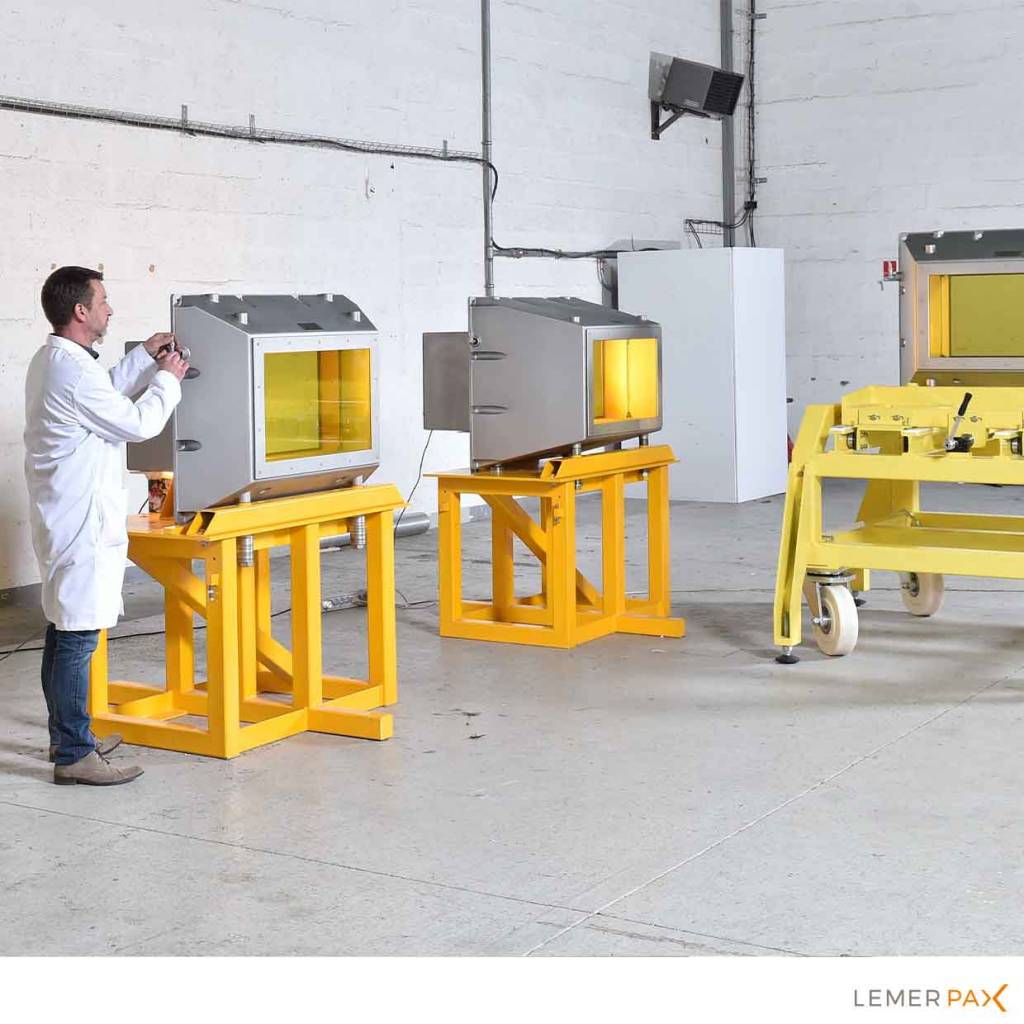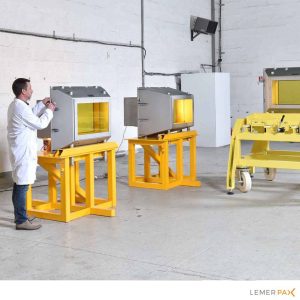How Radiation Shielding Glass Enhances Safety in Medical and Research Environments

How Radiation Shielding Glass Enhances Safety in Medical and Research Environments
Understanding Radiation Shielding Glass
In modern medical facilities and research laboratories, protection against ionizing radiation is paramount for both staff and patients. Radiation shielding glass has emerged as a crucial component in creating safe working environments where X-rays and other forms of radiation are utilized. This specialized glass combines superior optical clarity with exceptional radiation-blocking properties, making it an indispensable material in various applications.
The Science Behind Radiation Protection Glass
Radiation shielding glass is engineered with high-density materials, typically incorporating lead or other heavy elements. These components effectively absorb and block harmful radiation while maintaining transparency. The glass is manufactured through a complex process that ensures uniform distribution of protective elements throughout the material, resulting in consistent shielding properties.
Key components often include:
- Lead oxide for X-ray absorption
- Barium compounds for enhanced protection
- Special additives for optical clarity
- Multiple layers for optimal safety
Applications in Medical Settings
In healthcare facilities, radiation shielding glass plays a vital role in various areas. For those seeking additional protection, radiation protection mobile solutions can provide supplementary safety measures. Medical environments utilize this specialized glass in multiple ways:
- X-ray room viewing windows
- CT scan control rooms
- Radiation therapy observation areas
- Nuclear medicine facilities
- Diagnostic imaging departments
Research Laboratory Implementation
Research facilities handling radioactive materials require stringent safety measures. Radiation shielding glass enables scientists to conduct experiments and observations while maintaining necessary protection. These installations are crucial in:
- Nuclear research facilities
- Radioisotope laboratories
- Particle accelerator facilities
- Material testing laboratories
Benefits of Modern Radiation Shielding Glass
Contemporary radiation shielding glass offers numerous advantages over traditional protection methods. These benefits enhance both safety and functionality in professional environments:
- Superior optical clarity for precise observation
- Reduced weight compared to conventional lead barriers
- Customizable shielding levels
- Aesthetic integration into modern facility design
- Long-term durability and reliability
Installation and Maintenance Considerations
Proper installation and maintenance of radiation shielding glass are crucial for ensuring optimal protection. Facilities must consider several factors when implementing these safety measures:
- Professional installation by certified experts
- Regular testing and certification
- Proper cleaning procedures
- Periodic inspection for damage or degradation
Compliance with Safety Standards
Radiation shielding glass must meet strict regulatory requirements and safety standards. These standards ensure consistent protection levels across different applications:
- International Atomic Energy Agency (IAEA) guidelines
- National radiation protection regulations
- Healthcare facility safety standards
- Research institution safety protocols
Future Developments in Radiation Protection
The field of radiation shielding continues to evolve with technological advances. Emerging trends include:
- Smart glass technology integration
- Enhanced optical properties
- Lighter weight materials
- Improved environmental sustainability
Integration with Modern Facility Design
Modern facilities incorporate radiation shielding glass as part of their architectural planning. This integration considers:
- Aesthetic appeal and architectural harmony
- Optimal viewing angles and positioning
- Space utilization efficiency
- Future expansion capabilities
Cost-Benefit Analysis
While radiation shielding glass represents a significant investment, its benefits justify the cost through:
- Enhanced staff safety and well-being
- Reduced long-term health risks
- Improved operational efficiency
- Decreased insurance costs
- Extended facility lifespan
Best Practices for Implementation
Successful implementation of radiation shielding glass requires careful planning and execution. Key considerations include:
- Comprehensive radiation risk assessment
- Expert consultation for specific applications
- Staff training on safety protocols
- Regular monitoring and documentation
- Emergency response planning
The implementation of radiation shielding glass represents a crucial investment in safety and operational efficiency for medical and research facilities. By understanding its properties, applications, and benefits, organizations can make informed decisions about their radiation protection needs. As technology continues to advance, these protective solutions will become increasingly sophisticated, offering even better protection while maintaining practical functionality.





